stroke – not a four letter word

Many of us have an internal low grade inflammation cause by elevated cortisol due to stress, anxiety, excess weight or sadness and depression. When we eat food high in saturated and trans fats, low in fiber with lots of salt, HDL cholesterol goes up and LDL cholesterol goes down further leading to high blood pressure which can increase the stroke probability.
Cortisol is produced and released by the adrenal glands in response to external stressors causing a “fight or flight” response. Because all stressors are viewed by the body as life threatening, cortisol is distributed to produce inflammation and prioritize survival. If this happens too often, our cells can become cortisol resistant. Cortisol resistant cells stay in inflammation, and inflammation is the mother of all chronic disease, in brief.
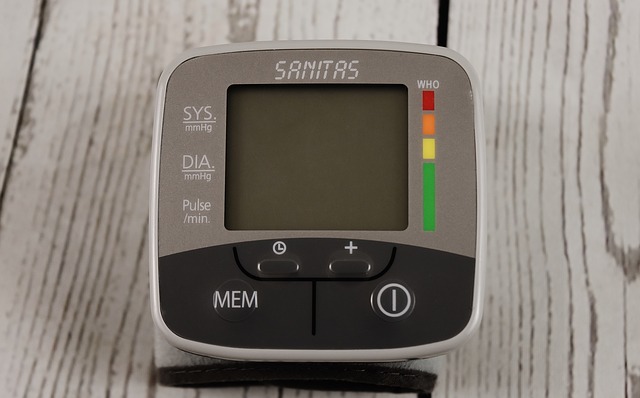
List: 7 things to prevent stroke
Lower blood pressure
High blood pressure can increase stroke risk by 2X to 4X. High blood pressure contributes to stroke risk for both men and women. So, regularly check your blood pressure.
Weight Loss
In the USA, 70% of people are overweight or obese. In Europe, 50% of people are overweight or obese. This increases the chance for heart attack, type 2 diabetes and stroke. Setting a goal to drop 227g per week would eliminate 4 kilos in six months. Losing 10 pounds or 4 kilos will significantly lower your disease index.
Baby Steps
Begin to exercise. Walking is good place to begin. Start small with a short distance and increase the distance with your endurance capacity. Eat fresh raw foods. Avoid the “whites”: white sugar, white flour and milk. Consume more fermented foods. This will help lower the calorie intake and increase energy output.
Exercise More
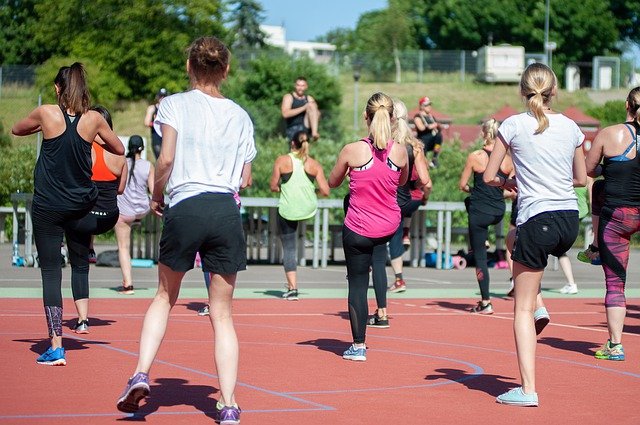
Exercise can contribute to weight loss, lowered blood pressure and a decrease in HDL cholesterol.
Walk early in the morning before breakfast: burn fat
Workout at a fitness center, with friends if possible.
Exercise to the point that you breath hard but you can still talk.
Elevators are convenient, however take the stairs.
Workout for 30-40 minutes at a time, if you can’t, do 15-40 minutes several times.
If You Drink— Do it in Moderation
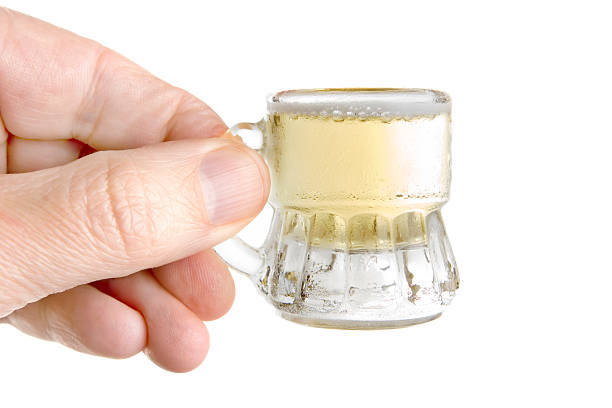
Interestingly, 1 or even 2 drinks per day can decrease stroke risk, but more than 2 drinks a day can significantly increase stroke risk. So, be a moderate drinker.
What to Do:
Limit your alcohol consumption to one drink per day.
Red wine is a better choice for consumption, as it contains resveratrol. Resveratrol can effect blood vessel relaxation, make the blood more slippery reducing blood clotting, decrease pain and swelling caused by inflammation, reduce blood sugar levels.
Treat Atrial Fibrillation
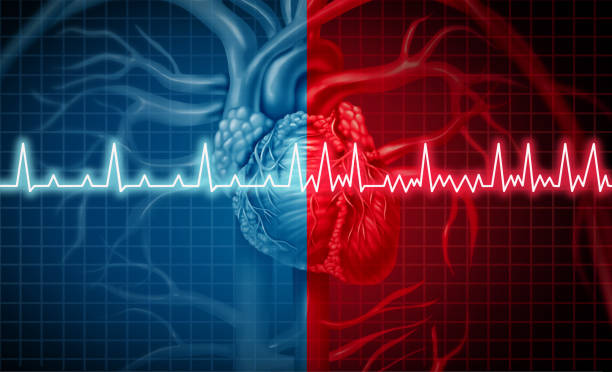
Atrial fibrillation is an irregular heart beat which can be caused by intermittent signal to contract the atria. Causes can be 5G a microwave level signal used for internet access (due to it’s frequency it can cause the massive influx of calcium ions (Ca+) into the cells causing fibrillation) or inflammation, autonomic tone, atrial pressure and some times genetics. All these causes can work separately or together. If you feel short of breath or palpitations see your doctor.
Treatment:
Treatment can be be varied. The use of calcium blocker or beta blocker and blood thinners are common.
Treat Diabetes
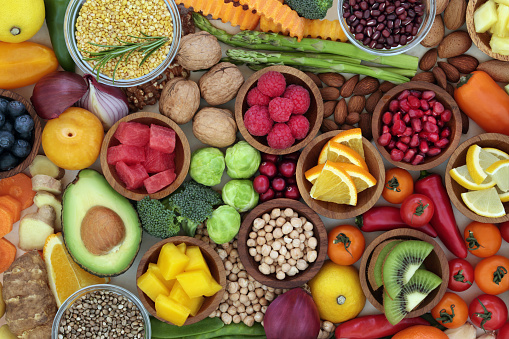
The blood vessels have a very thin lining called endothelium. This lining can be damaged by inflammation, high blood sugar and free radicals. The damage sites produce a rough surface where clots can be produced.
Eliminate or significantly reduce sugar and fried foods from your diet to reduce excess sugar in the blood and destructive free radicals. Decreasing the sugar intake can also clear the cells of insulin resistance.
Treatment:
Monitor the blood sugar levels.
Reduce of eliminate sugar consumption.
Eliminate fried foods from the diet.
Exercise 4 or 5 days a week to elevate heart rate and reduce vascular inflammation
Use medicine as need, if needed.
Quit Smoking

Smoking can accelerate clot formation in the blood vessels. The chemicals added to tobacco can cause the blood to thicken, and the circulating free radicals created in the smoking process can increase the plaque buildup in the arteries. So, stop smoking, eat a fresh raw diet and get regular exercise. As we always say, a lifestyle change of this kind is more likely reduce many diseases including the risk of stroke.

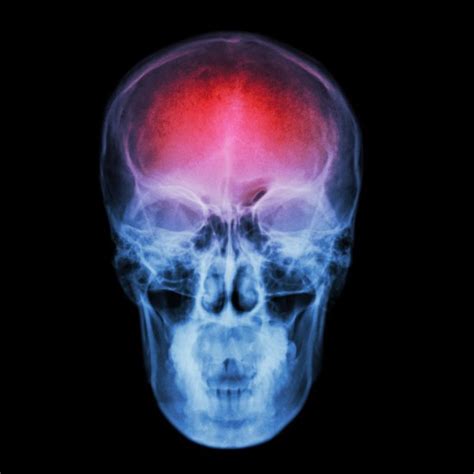
Recent Comments